The Problem being solved:
Monitoring weather is becoming more important as climate change bears upon us. Accurately observing microclimates, or specific areas or events in detail is complex & costly. This is because Weather stations typically contain moving parts that can degrade over time, and are relatively complex to deploy. Ones that use sound-based measurement are usually expensive, delicate and require customised wired data interfaces. This limits stations to (semi-) permanent installations, with dedicated computers. There are currently no cheap, small accurate stations that can be deployed either cheaply , simply or rapidly.
KEY POINTS of how this project solves the problem:
1. Reliable - The device has no moving parts.
2. Cheap - Using a 3D-printable plastic structure with a simple digitising computing device ( eg smart-phone or Raspberry-Pi with USB-sound + mic)
3. Repeatable & Calibratable: 3-D printed structure means accurate copies for identical swap-in/out.
4. Expected Accuracy: Medium (partly Processor-dependant). This station will probably not replace permanent, high quality stations.
5. Simple: Its nothing more than a small lump of uniquely-shaped plastic ( + some smart-device). It can therefore be 3-D printed in large numbers and deployed in much greater numbers than classical stations. Much of the complexity has been moved into the software domain.
Potential Use-Cases:
- small , quick and easy to deploy in numerous locations during emergency events: EG Monitoring micro-climate during Rural Fires .
- Study of detailed climate spatial-variations over a particular area ( EG deploy 10 or more)
- Remote locations where very-low power, temporary monitoring / reporting is required.
- EG: Farms during harvesting or other climate-critical occasions
- Beach / Surf forecasting in remote coastal locations.
How it works:
Since weather is fundamentally a physical phenomenon, it can be modulated into other physical representations. In this project, we use the medium of sound ( IE resonant vibrations of molecules) to initially understand the direction and speed of wind, as well as temperature and rainfall. Air pressure and humidity are also theoretically possible, but will be harder to implement.
GITHUB for OpenSCAD design: https://github.com/pastcompute/HackadayPrize2016
The model is released under creative commons license.
See project log for our plan.
 Dave Merrett
Dave Merrett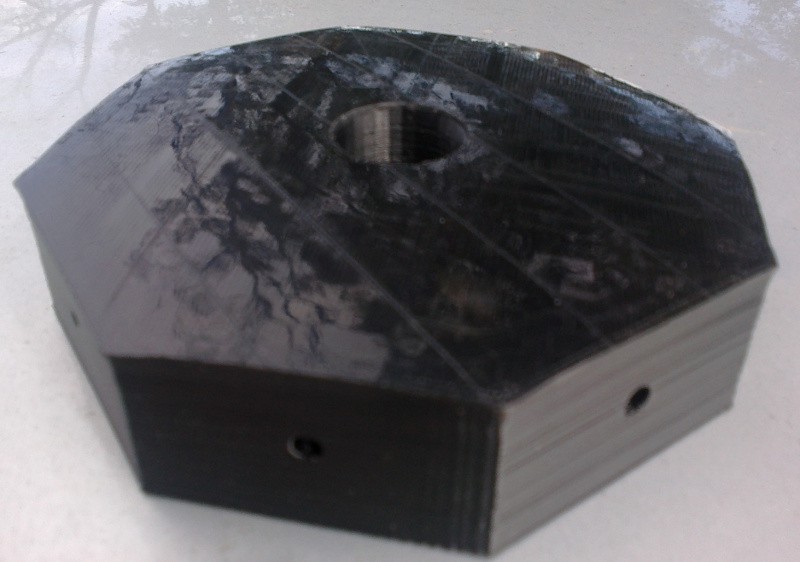
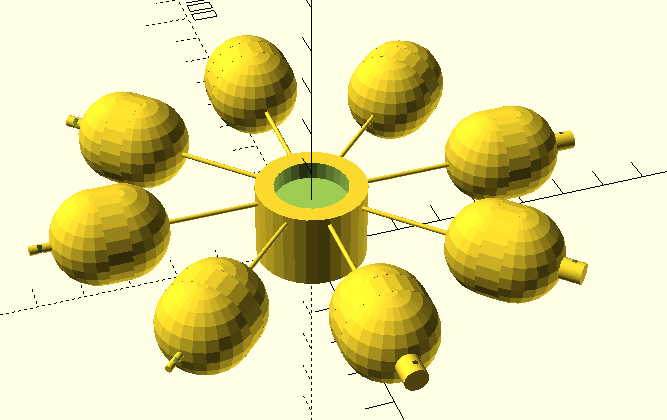
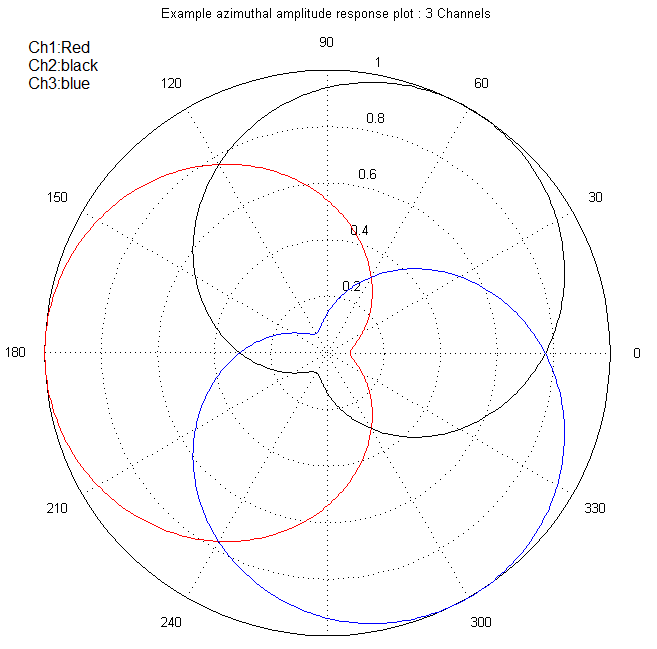

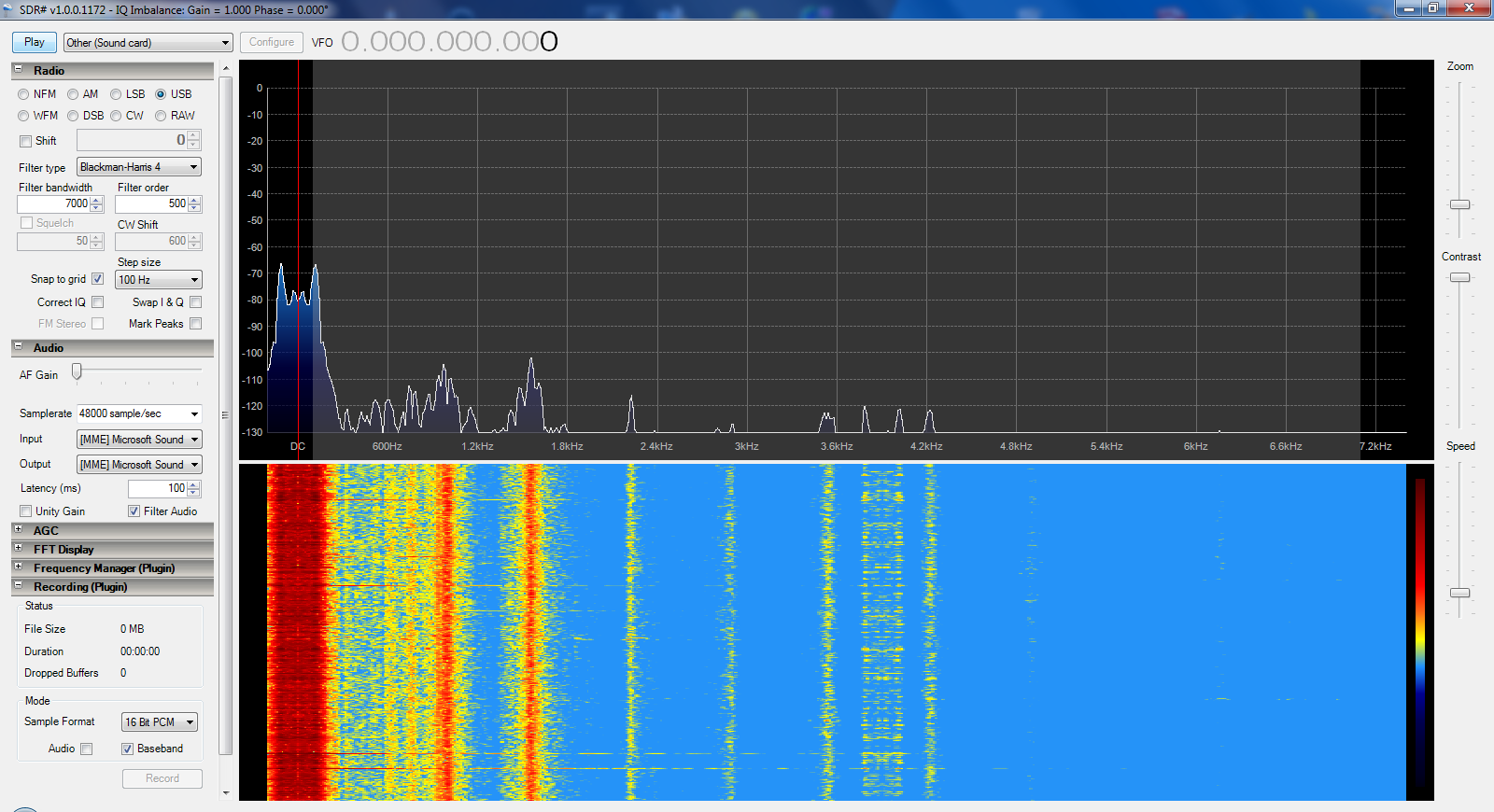


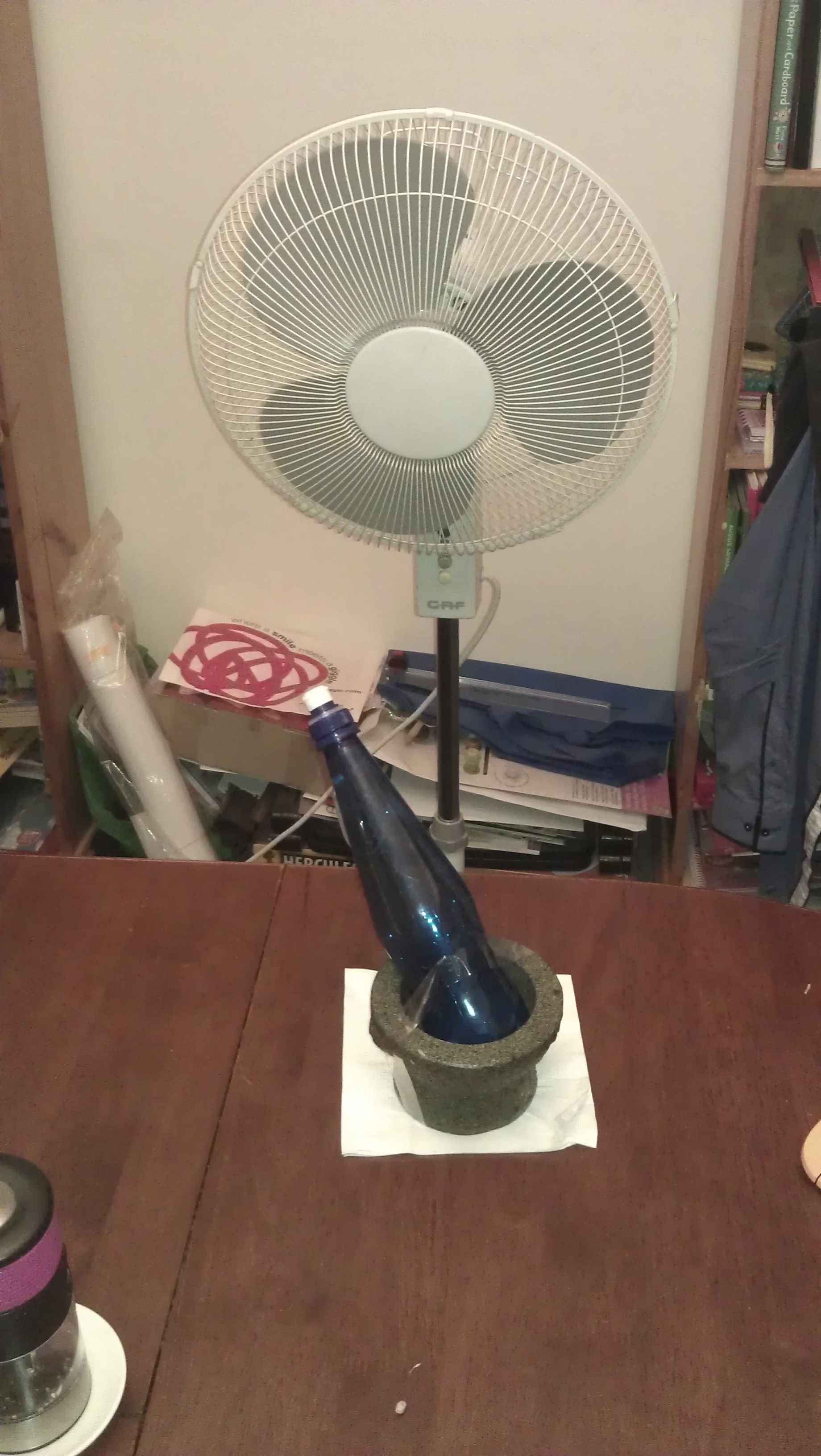
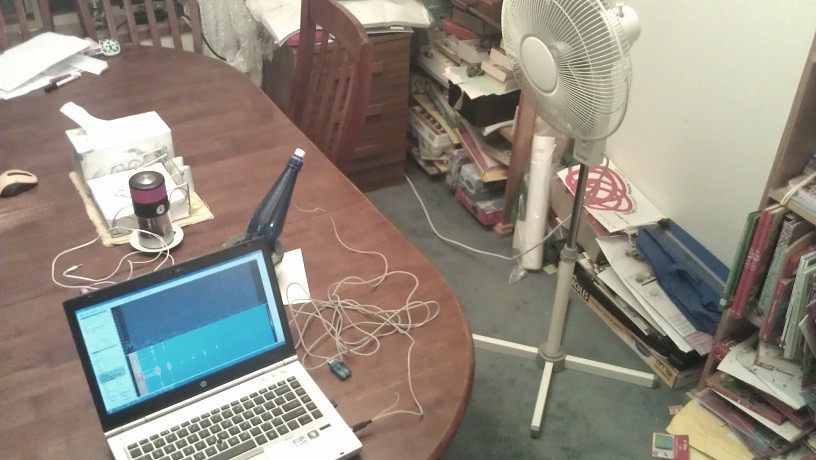
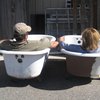

I really like your basic idea! Very "skullworthy"! Lots and lots of similarities here to my project -
https://hackaday.io/project/7231-seismometer-for-seismic-noise-analysis
Have you thought of the simple idea of a radially arranged "pipe organ" device with PVC piping ? For wind direction, as well as sound analysis it could be interesting. You might even be able to calculate temperature from the differences in response to the same wind by different size pipes. For sound detection, with different diameters and lengths of PVC pipe you could really get down into the low frequency ranges while excluding other noise. With really big pipes and using the SDR# program as a filter you could detect and localize the infrasounds of a tornado or thunderstorm from miles away maybe? Have fun with this - I'll be following your project!